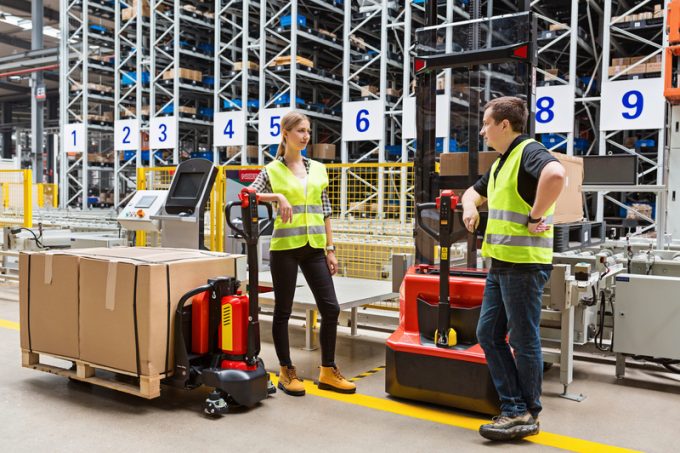Strike vote at Pacific ports in Canada sparks fresh worries for BCOs
Supply chain planning involving the North American west coast is getting more challenging, as cargo ...
WTC: RIDE THE WAVEFDX: TOP EXEC OUTPEP: TOP PERFORMER KO: STEADY YIELD AND KEY APPOINTMENTAAPL: SUPPLIER IPOCHRW: SLIGHTLY DOWNBEAT BUT UPSIDE REMAINSDHL: TOP PRIORITIESDHL: SPECULATIVE OCEAN TRADEDHL: CFO REMARKSPLD: BEATING ESTIMATESPLD: TRADING UPDATEBA: TRUMP TRADE
WTC: RIDE THE WAVEFDX: TOP EXEC OUTPEP: TOP PERFORMER KO: STEADY YIELD AND KEY APPOINTMENTAAPL: SUPPLIER IPOCHRW: SLIGHTLY DOWNBEAT BUT UPSIDE REMAINSDHL: TOP PRIORITIESDHL: SPECULATIVE OCEAN TRADEDHL: CFO REMARKSPLD: BEATING ESTIMATESPLD: TRADING UPDATEBA: TRUMP TRADE

Talk to labour unions in the transport and logistics industry and all the worry is about automated systems and robots taking jobs from blue-collar staff. But this article from The Verge raises a different worry – that robots and automated management has already become the boss. It features first-person accounts from… you’ve guessed it, Amazon’s warehouses. “While we’ve been watching the horizon for the self-driving trucks, perpetually five years away, the robots arrived in the form of the supervisor, the foreman, the middle manager. These automated systems can detect inefficiencies that a human manager never would — a moment’s downtime between calls, a habit of lingering at the coffee machine after finishing a task, a new route that, if all goes perfectly, could get a few more packages delivered in a day.”


Comment on this article